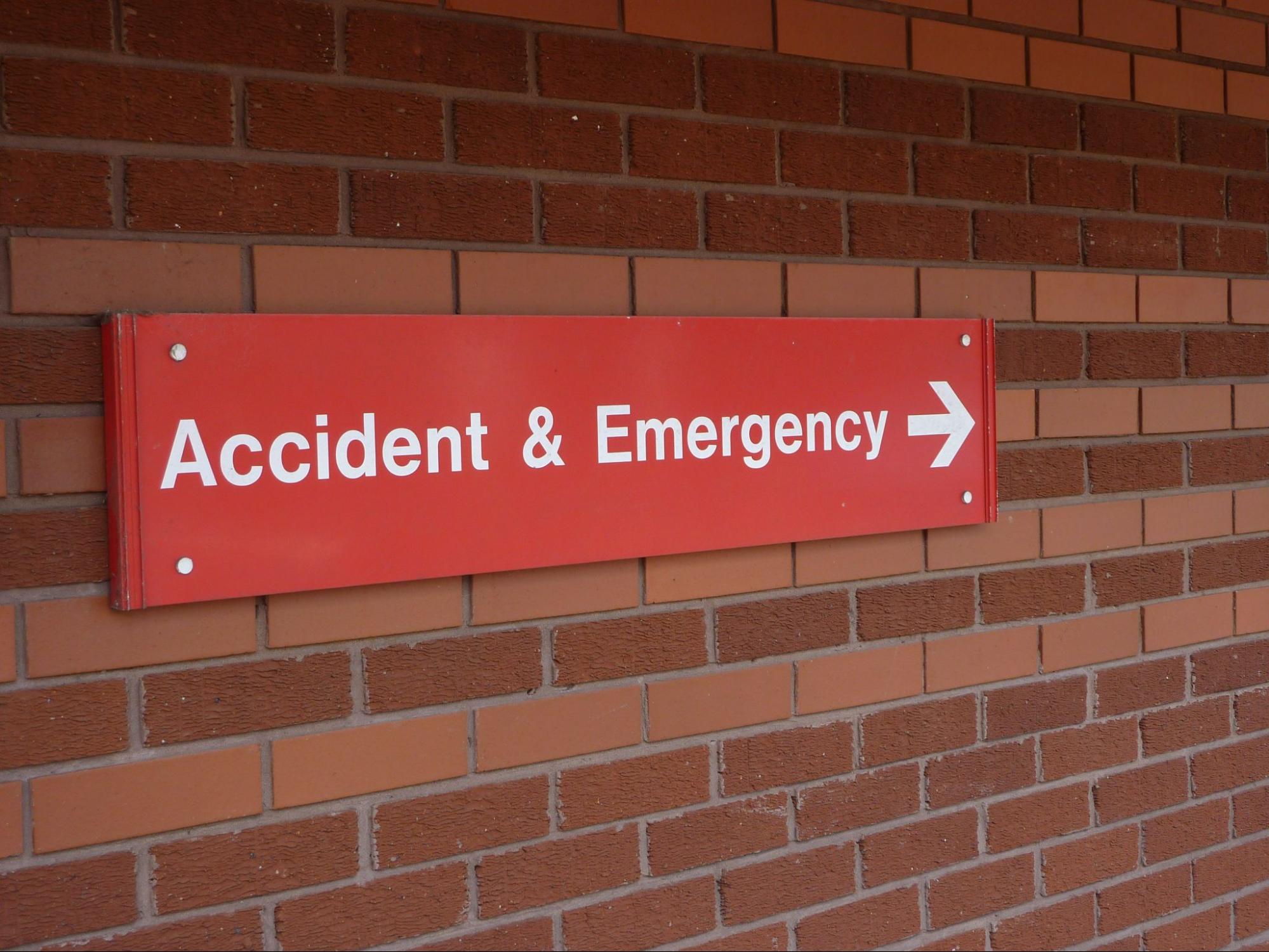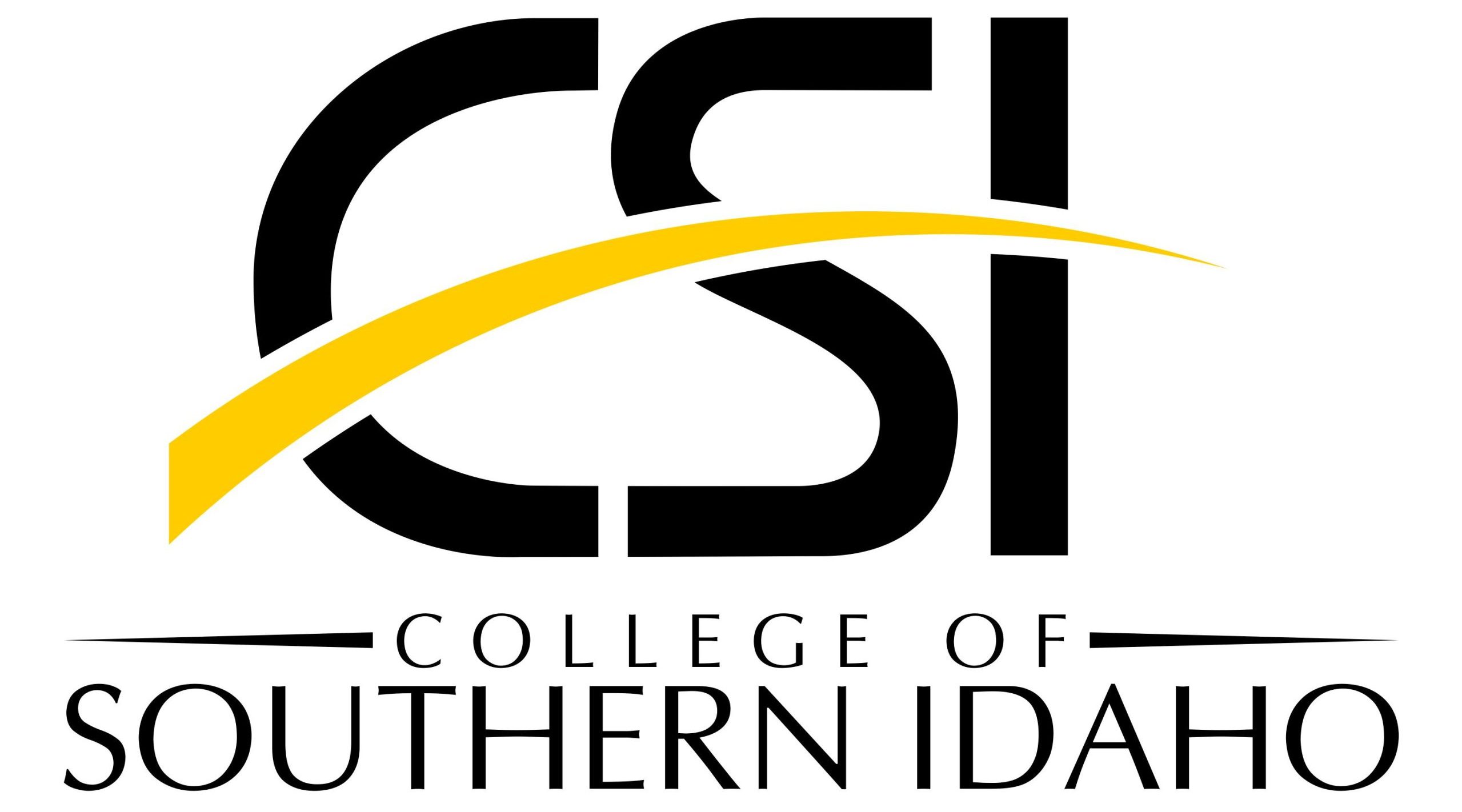2.4 Emergency and Urgent Care
Brandon Censon MPH, CPH, RRT-NPS, CPFT, CPT

Emergency Care
Emergency care is the frontline of healthcare, equipped with specialists and critical resources to stabilize patients experiencing sudden illness or injury. Emergency departments are found in many hospitals, as well as in free-standing emergency departments. Patients are taken to the emergency department when they have a medical problem that is severe enough to be life-threatening. Common emergency or life-threatening conditions include stroke, heart attack, severe trauma, overwhelming infections, head injuries, and difficulty breathing. According to the Centers for Disease Control and Prevention (CDC, 2024), there are about 130 million emergency room visits each year, and about 12.4% of these visits require a patient to be admitted to the hospital. Emergency care can be expensive, and patients can experience long wait times to receive medical care. Treatment is prioritized based on the acuity of injuries or illnesses, with the sickest patients receiving care first. This process is known as triage.
Urgent Care
Urgent care centers provide treatment for injuries and illnesses that are not life-threatening but require same-day medical attention. These clinics generally do not require appointments. However, wait times can be long due to heavy use of these facilities. Services provided at urgent care clinics may include treatment of minor cuts, sprains, broken bones, colds, flu, and some localized infections (American Academy of Urgent Care Medicine [AAUCM], n.d.). Most urgent care clinics treat both adults and children.
It is important to distinguish urgent care clinics from walk-in clinics. Walk-in clinics are typically located in or near retailers, treat a narrower range of non-life-threatening conditions, and strongly emphasize convenience and affordability.
A Day in the Life: Emergency Room Triage
Have you ever been to the emergency room and had to wait a long time despite people arriving after you? If so, this is an example of triage. Triage is a systematic way to categorize patients based on the severity of their illness or injury. It ensures that patients who need immediate care are treated before those with less severe conditions. Triage also applies to the allocation of staff and resources.
In general, there are five levels of medical care, ranging from no care needed to immediate care for life-threatening conditions. For example, Sharon arrives at the emergency department after a traumatic event impacting multiple organs. Shortly after, Cleo arrives at the emergency department with symptoms of a common cold or flu. In this scenario, Sharon would be seen first, due to her potentially life-threatening condition, while Cleo would be considered stable and would have to wait for care until resources are available.
Attributions
- Figure 2.2: Accident & Emergency Sign by lydia_shiningbrightly is released under CC BY 2.0

Overview
Alma, 35, is considering going back to school for a new career. She enjoys working with people and is interested in healthcare, but she is not sure she wants to commit to a lengthy program until her children are older, and she has some concerns about being involved in direct patient care. Alma works full time and is raising a family, so she is looking for options outside traditional medical careers to suit her needs and fulfill her desire to help others.
Alma has an appointment with a career counselor to take aptitude tests and discuss careers in public health that do not involve direct patient care. She hopes to find a program close to home where she can enroll in evening and weekend classes.
Alma is interested in learning more about the administrative side of medicine. She will speak to her career counselor about different college programs that support medical care without direct patient interaction, such as medical billing and coding, health information technology and management, and patient advocacy. The counselor will guide her in understanding the differences between these fields, the prerequisites for each program, and the career options available after completion.
In this chapter, we will discuss medically related careers that indirectly affect patients but do not require a clinical degree. We will examine ways in which you can support patients, doctors, and nurses through a job in healthcare administration. Specifically, we will explore the fields of medical billing and coding, healthcare information technology and management, and patient advocacy. For each field, we will review the tasks involved, the education required, and the professional opportunities available.
Objectives
Upon completion of this chapter, the learner will be able to:
- Define healthcare administration
- Describe the roles of various healthcare administration professionals in the healthcare system
- Discuss careers and specialties in healthcare administration
- Identify the roles specific to healthcare administration specialties
- Recognize education requirements for healthcare administration specialties
- Identify career possibilities and goals in healthcare administration education
Key Terms
- Chief nursing officer
- Healthcare administration
- Health information management (HIM)
- Health information technology (HIT)
- Health insurance portability and accountability act (HIPPA)
- Medical billing
- Medical coding
- Patient advocate
- Patient navigator
Attributions
- Chapter opening image: 30478819 by Marco Verch is released under CC BY 2.0

